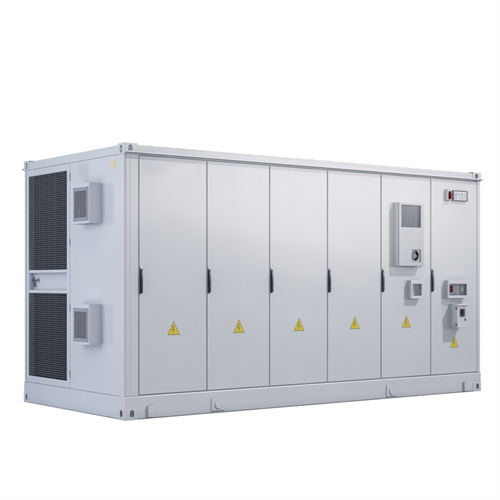About Bank energy storage materials
As the photovoltaic (PV) industry continues to evolve, advancements in Bank energy storage materials have become critical to optimizing the utilization of renewable energy sources. From innovative battery technologies to intelligent energy management systems, these solutions are transforming the way we store and distribute solar-generated electricity.
When you're looking for the latest and most efficient Bank energy storage materials for your PV project, our website offers a comprehensive selection of cutting-edge products designed to meet your specific requirements. Whether you're a renewable energy developer, utility company, or commercial enterprise looking to reduce your carbon footprint, we have the solutions to help you harness the full potential of solar energy.
By interacting with our online customer service, you'll gain a deep understanding of the various Bank energy storage materials featured in our extensive catalog, such as high-efficiency storage batteries and intelligent energy management systems, and how they work together to provide a stable and reliable power supply for your PV projects.
6 FAQs about [Bank energy storage materials]
What is energy storage materials?
Energy Storage Materials is an international multidisciplinary journal for communicating scientific and technological advances in the field of materials and their devices for advanced energy storage and relevant energy conversion (such as in metal-O2 battery). It publishes comprehensive research … Manasa Pantrangi, ... Zhiming Wang
What are the different types of thermal energy storage systems?
Classification of thermal energy storage systems based on the energy storage material. Sensible liquid storage includes aquifer TES, hot water TES, gravel-water TES, cavern TES, and molten-salt TES. Sensible solid storage includes borehole TES and packed-bed TES.
Why is energy storage important?
Energy storage is fundamental to stockpile renewable energy on a massive scale. The Energy Storage Program, a window of the World Bank’s Energy Sector Management Assistance Program’s (ESMAP) has been working to scale up sustainable energy storage investments and generate global knowledge on storage solutions.
What are the characteristics of packed-bed thermal energy storage systems?
Table 10. Characteristics of some packed-bed thermal energy storage systems. The efficiency of a packed-bed TES system is governed by various parameters like the shape and size of storage materials, the porosity of the storage system and rate of heat transfer, etc.
What are the different types of energy storage?
Energy can be stored in the form of thermal, mechanical, chemical, electrochemical, electrical, and magnetic fields. Energy can also be stored in a hybrid form, which is a blend of two separate forms. Table 2 lists the many ESSs discussed in this paper, followed by in-depth discussions of each kind. Fig. 1.
What is energy storage?
Energy storage involves converting energy from forms that are difficult to store to more conveniently or economically storable forms. Some technologies provide short-term energy storage, while others can endure for much longer. Bulk energy storage is currently dominated by hydroelectric dams, both conventional as well as pumped.
Related Contents
- Energy storage bank financing
- Ouagadougou bank energy storage supply
- Zambia bank energy storage producers
- Stockholm bank energy storage manufacturer
- Portable outdoor energy storage power bank 220v
- Bank energy storage
- Comoros bank energy storage plant
- Finland bank energy storage production
- Energy storage power station bank
- Maputo bank energy storage price
- Ljubljana bank energy storage price
- Lusaka energy storage portable power bank


